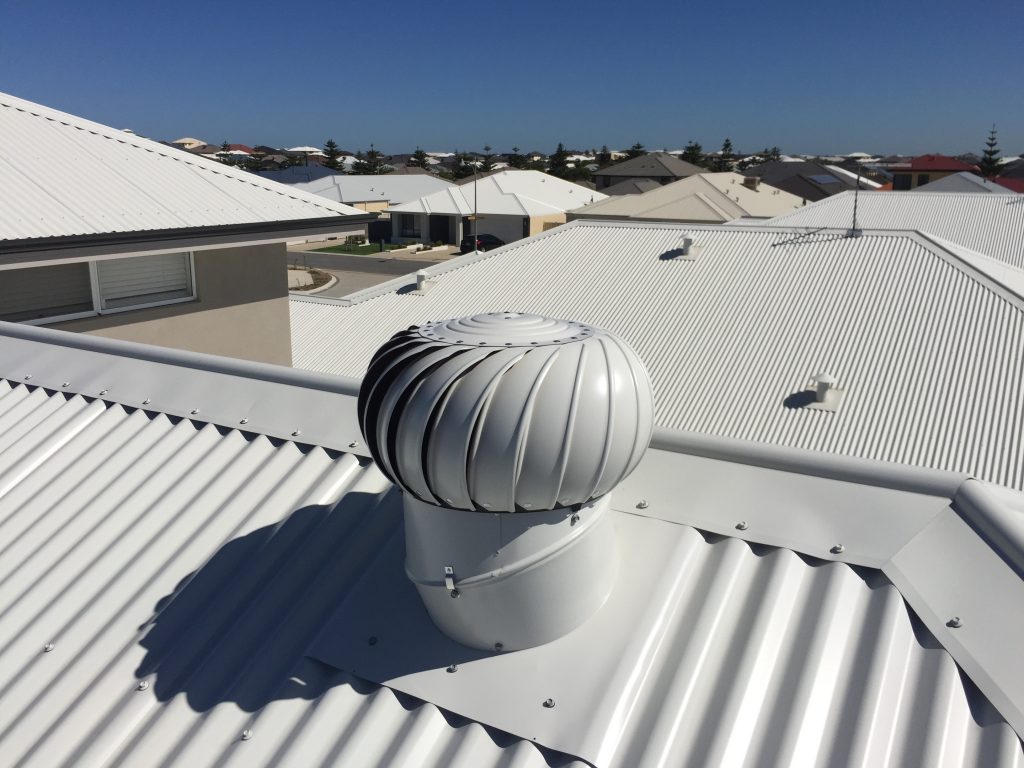Why is my whirlybird noisy? 5 misconceptions about whirlybirds
When it comes to whirlybirds, there are a lot of misconceptions floating around. People seem to think they know all there is to know about these unique pieces of machinery, but often times they couldn’t be more wrong. In this blog post, we’re going to dispel five of the most common myths about whirlybirds. So, if you’ve ever wondered why your whirlybird is so noisy or why it won’t start, keep reading! You might just find the answer you’re looking for.

What is meant by a whirlybird?
A whirlybird is a type of roof ventilation that is typically used in roof space. It consists of a spinning shaft with blades that are angled so that they catch the wind. As the blades spin, they create an updraft that helps to ventilate the building by drawing hot air out through the roof.
Whirlybirds are an effective way to cool a building, and they can also help to reduce the amount of condensation that builds up inside the roof. In some cases, they may also be used to supply fresh air to a building if it is not well ventilated. Whirlybirds typically require very little maintenance, and they can last for many years with proper care.
How does a whirlybird work?
Whirlybirds are a type of roof vent that helps to improve air flow in the roof cavity. They are most commonly used on a tile roof, but can also be used on other types of roofs. The main purpose of a whirlybird is to remove heated air from the roof cavity. This helps to keep the roof cooler in summer, which can extend its lifespan.
In addition, good ceiling insulation can help to prevent issues such as condensation and mold growth. Whirlybirds are usually installed near the highest point of the roof, where they can catch the most rising hot air. They typically have a spinning Louvre that helps to draw the air out of the roof cavity. When choosing a whirlybird for your roof, it is important to select one that is appropriate for the size of your roof cavity. Roof restoration professionals can help you to choose the right roof vent, roof sheets, roof voids, and solar vent for your needs.
Why does a whirlybird make noise?
A whirlybird is a type of windmill that is commonly used to ventilate roofs. The blades of a whirlybird rotate in the wind, which creates lift and causes the blades to turn. As the blades turn, they strike the housing of the whirlybird, creating a distinctive noise.
While some people find this noise to be annoying, it actually serves an important purpose. The noise helps to deter birds from nesting on the roof, which can cause damage to the structure. In addition, the noise can help to mask other sounds, such as traffic noise, that might otherwise be disruptive. As a result, the noise of a whirlybird can actually be quite helpful in reducing overall noise levels.
5 common misconceptions about whirlybirds
A whirlybird is a type of mechanical ventilator used to extract heat from your attic space. They are a highly effective way to keep a space cool, there are several misconceptions about whirlybirds that often lead people to avoid using them. Here are five of the most common misconceptions about whirlybirds.
- Whirlybirds only work in hot climates. In fact, whirlybirds can be used in any climate where there is an attic or other enclosed space that gets excessively hot. They work by extracting the hot air from space and the hot air rises and moves outdoors, which helps to keep the cold air inside and the warm air outside.
- Whirlybirds are loud and disruptive. While it is true that whirlybirds make some noise when they are running, the noise is typically not loud enough to be disruptive. In addition, the noise can be minimized by placing the whirlybird in a location where it will not be directly over living areas.
- Whirlybirds are difficult to install. Installing a whirlybird is actually quite simple, and most people can do it themselves with minimal tools and equipment. If you need help, there are plenty of resources available online or from your local hardware store.
- Whirlybirds are expensive. While whirlybirds can be more expensive than some other types of ventilation, they are still a very cost-effective way to keep your home cool. In addition, the initial investment will pay for itself over time in energy savings.
- Whirlybirds are ugly. This is probably the most common misconception about whirlybirds. In reality, whirlybirds come in a variety of styles and designs, so you can find one that fits the aesthetic of your home.
If you have been avoiding using a whirlybird due to any of these misconceptions, we hope that this article has helped to clear them up. Whirlybirds are a highly effective way to keep your home cool, and they can be used in any climate. With a little bit of research, you can find the perfect whirlybird for your home.
Are whirlybirds worth it?
For those unfamiliar with the term, a “whirlybird” is a type of rotating ventilator installed on the tiled roof to help circulate air and keep homes cool. In many cases, they are used in lieu of air conditioners unit, as they are more energy-efficient and can help to reduce cooling costs. However, some homeowners find that whirlybirds can also be noisy and that having too many can create an unpleasant wind tunnel effect.
Additionally, if not installed properly, they can introduce moisture into the attic space, which can lead to mold and mildew growth. As a result, it’s important to carefully consider whether or not whirlybirds are right for your home before having them installed. Although they offer many benefits, it’s possible to have too many of them.
Check out guide on Fascias Soffits And Roof Carpentry.



